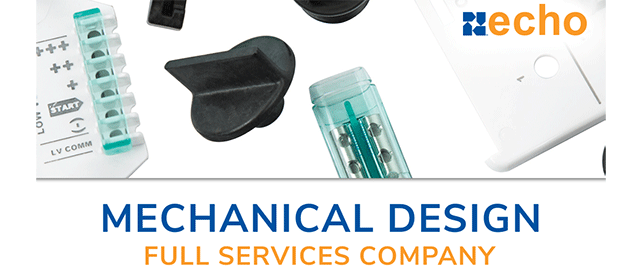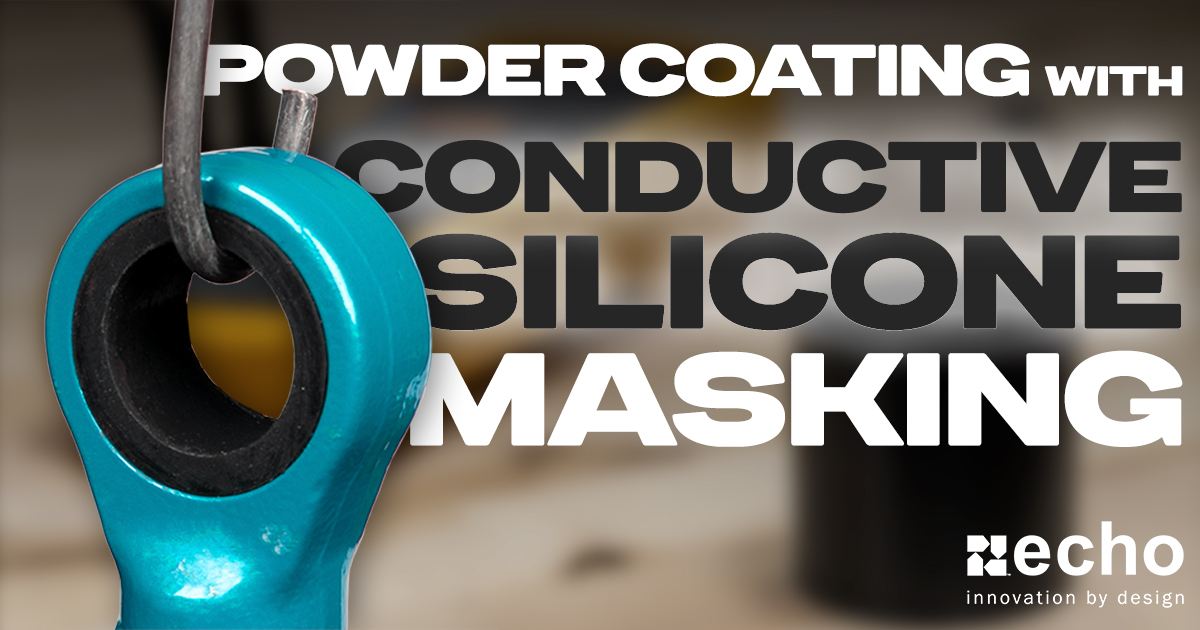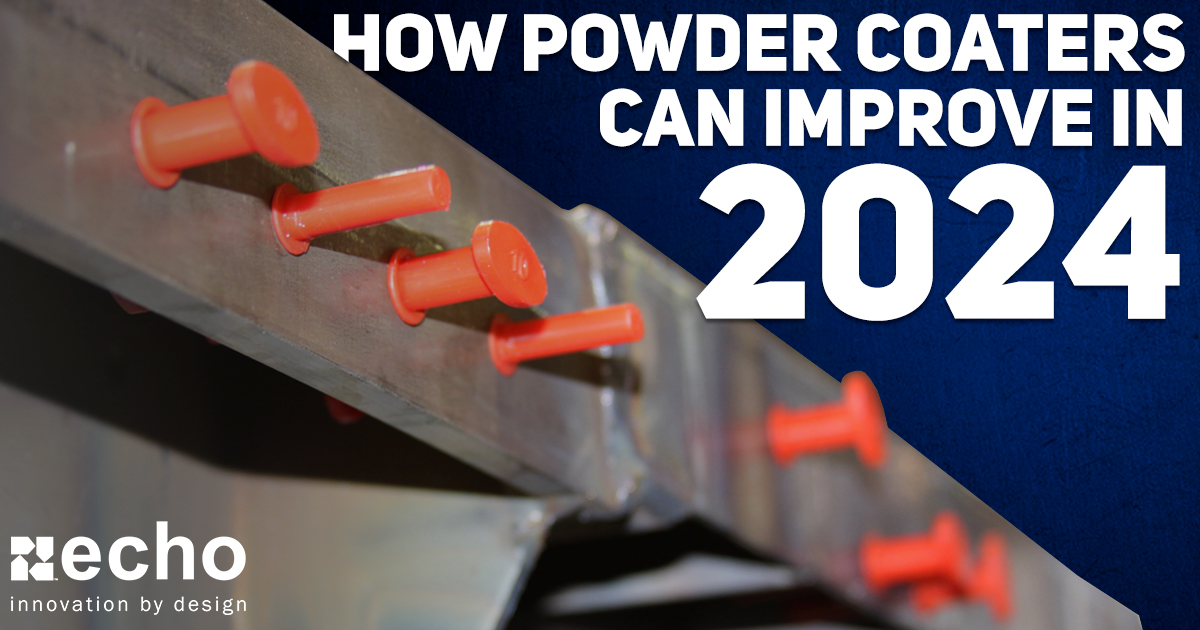What is Compression Molding?
- By Echo Engineering
- Oct 15, 2018

What do you get when you combine pressure and heat? No, this isn’t a bad knock-knock joke, it’s the basis of compression molding.
Rubber compression molding is a trusted technique to create components such as seals, grommets, and spacers. Although it’s not the only option, it is the best for certain projects.
What is Compression Molding?
Compression molding process begins when a precise amount of rubber is placed into the bottom mold cavity. Next, rubber is secured when the top half of the mold is fastened in place. Then, forceful pressure anchors the mold while heated cavities stimulate rubber to flow into position. After the cure time is met, the top and bottom mold parts are separated, and the rubber compression mold is removed.
It’s helpful to first understand the three main aspects of a successful compression molding process:
-
Time: How long it takes to heat and cure the rubber.
-
Temperature: The appropriate temperature required to heat the rubber.
-
Pressure: Amount of force needed to give mold proper shape.
Advantages of Compression Molding
Once the three main aspects are understood, it’s easy to follow the step-by-step process of rubber compression molding. So, why do we choose compression molding over other processes? Here are some of the advantages.
Seamless Parts
Unlike injection molding, compression molds don’t create unwanted flow lines or knitting. Instead, a smooth and cohesive rubber component emerges, creating a visually appealing design. An o-ring is a good example of this. An injection technique would show knitting where the rubber was inserted.
This isn’t the case with compression molds. Instead, the o-ring will appear as one seamless part because the rubber is added directly into the cavity.
Lower Costs
Rubber compression molding is a great cost-effective option. Unlike an injection or transfer technique, it doesn’t require extensive tooling infrastructure. Low tooling costs cut back on costs right away. An elimination of tooling speeds up the production progress as well, which lessons labor expenses.
This is especially useful for small production runs. If a company doesn’t have a large order, it usually doesn’t make sense to pay high tooling costs required for injection molding. Production of fewer parts is required to “break even” for compression molding, making it the perfect match for a small batch.
High-Volume Manufacturing
As stated in the previous point, this technique is great for small batch productions. However, it’s also fitting for high volume manufacturing.
Outside of the longer cycle times, rubber compression molding is low-pressure, and an inexpensive option when producing a variety of cavities. Production of multiple cavities is possible, which lowers expenses even more.
Larger Parts
Rubber is placed directly into large mold cavities, so there are fewer limitations on how much material can fit into a mold. With minor weight restrictions come more opportunities for large-part production.
Rubber compression molding is cost effective as well. The amount of money and time it would take to create an injection molding tool for a large part is excessive, and often out of reach for many companies.
Additional Material Options
Different than other molding processes, compression techniques grant the manufacturer more options when it comes time to selecting molding materials. Natural rubber, silicone, neoprene, and EPDM are several common rubber materials available for rubber compression molds. Such materials are excellent for flexible parts, as rubber compression molding allows the material to remain pliable after the curing process.
Rubber compression molding is one of the many ways available to produce a high-quality part. Although it’s not the only option, it remains the top choice for many projects.
Before starting production, it’s important to consider what molding technique is best. The technique selected is equally as critical as who performs the process.
About Echo Engineering
Echo Engineering has years of experience in creating custom rubber compression mold parts to fit most business needs. Our success with designing and manufacturing complex rubber components stems from our team of in-house design and materials engineers, 3D rapid prototyping, quality management, internal and third-party testing, and supply chain management.
Are you interested in manufacturing a custom rubber component, have questions about the process, or looking for a quote? Fill out the form below with any questions, comments, or concerns and we’ll respond quickly with helpful information.







